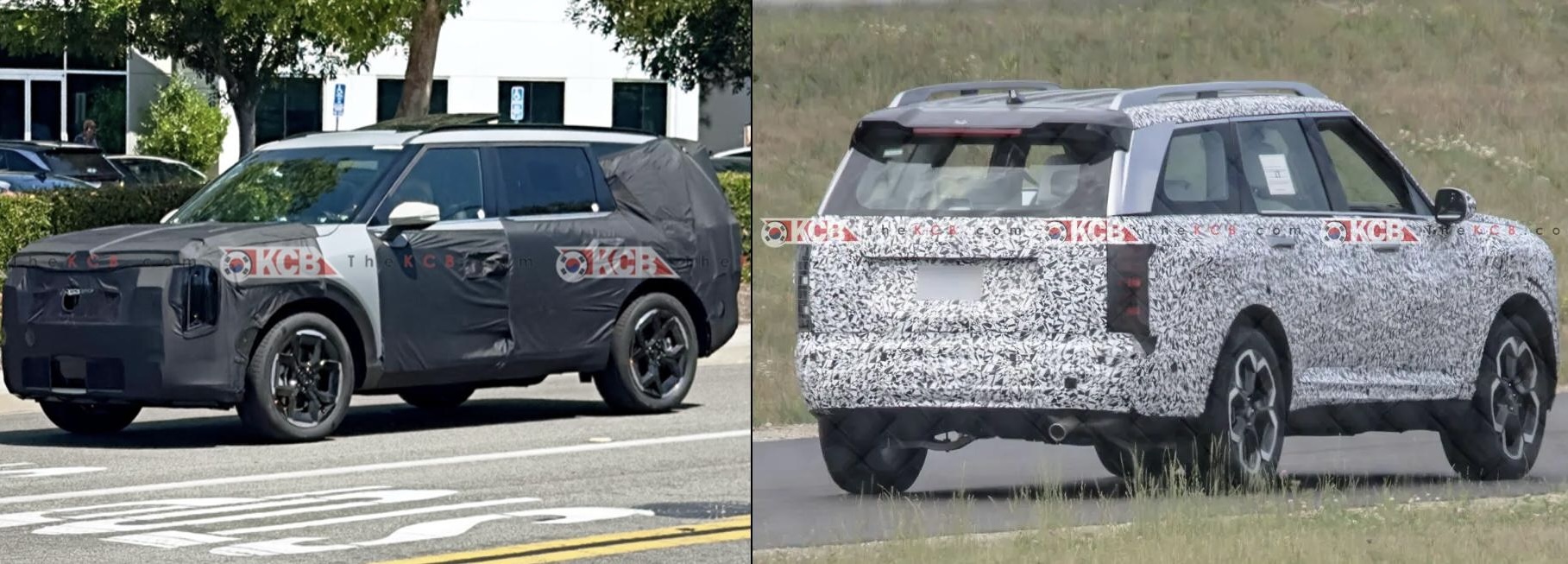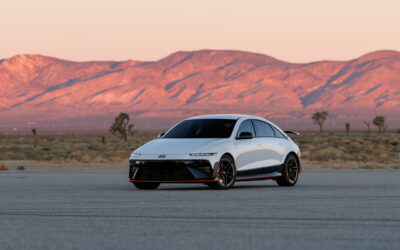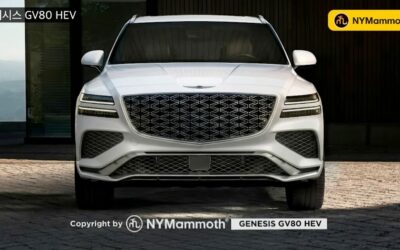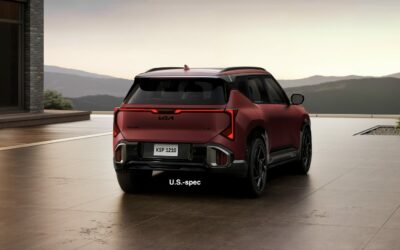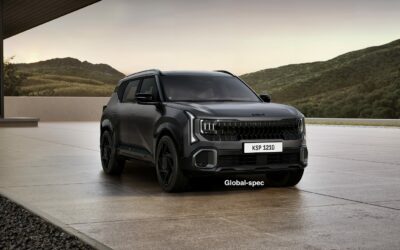Both the Hyundai Palisade and the Kia Telluride, two popular midsize SUVs, are preparing the launch of new generation models, the latter, recently spied for the first time. These South Korean siblings, produced by Hyundai Motor Group, share many similarities but also have distinct characteristics that appeal to different consumer segments. This article compares their sales performance, explores the pros and cons of each model, and discusses the potential impact of upcoming new generations on their market standings.
Sales Performance
Since their introductions in 2019, both the Hyundai Palisade and the Kia Telluride have seen robust sales in the U.S. market. According to industry reports, the Kia Telluride has consistently outperformed the Hyundai Palisade in terms of units sold.
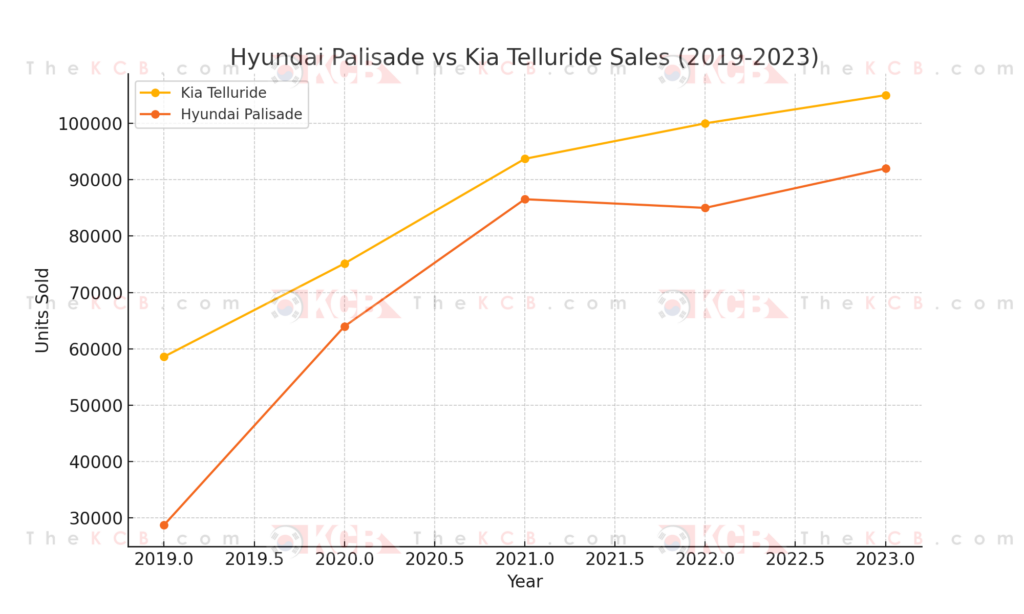
Pros and Cons
The Telluride’s reliability and high consumer satisfaction ratings have contributed significantly to its sustained sales growth. Kia has effectively positioned the Telluride as a high-value option, offering luxury features at a competitive price point. Strong marketing campaigns and numerous awards, including Car of the Year recognitions, have boosted its visibility and credibility.
The high demand has occasionally led to supply shortages, causing longer wait times for consumers. Increased competition from both established brands and new entrants in the SUV market could impact future sales.
The Palisade’s upscale interior and comfortable ride have attracted buyers looking for a more premium experience. Hyundai’s emphasis on advanced safety features and cutting-edge technology has resonated well with families and tech enthusiasts. Hyundai’s growing reputation for quality and reliability has positively influenced Palisade sales.
Slightly less spacious third-row seating compared to the Telluride could deter some larger families. While decent, the Palisade’s fuel efficiency is not class-leading, which might be a concern for some buyers.
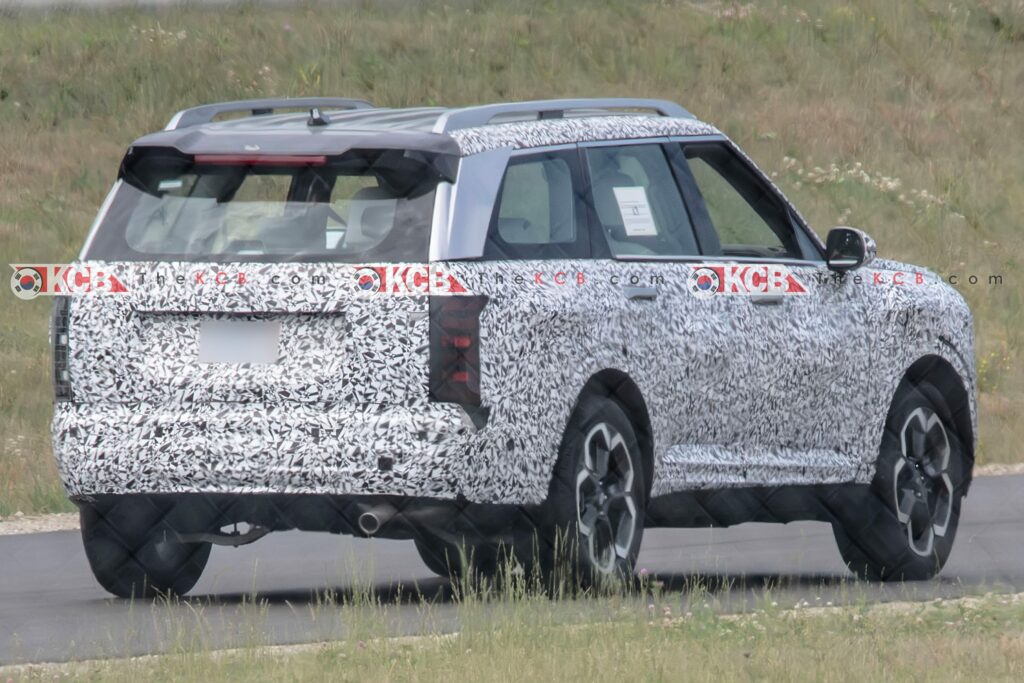
A prototype of the next-gen Hyundai Palisade
Upcoming New Generations
Both Hyundai and Kia are expected to release new generations of the Palisade and Telluride in the near future, which could significantly impact their market standings.
The new generation of the Hyundai Palisade is anticipated to build on its strengths, with enhancements in technology, design, and efficiency. Key expected updates include. To compete more effectively in the growing market for eco-friendly vehicles, the new Palisade is likely to introduce hybrid and electric variants. Upgrades in infotainment systems and connectivity features will appeal to tech-savvy consumers. Better fuel economy through engine optimization, the addition of the mentioned Hybrid engine and weight reduction will make the Palisade more attractive to a broader audience.
The upcoming Kia Telluride is also expected to see significant updates, aimed at maintaining its competitive edge. Anticipated changes include. New and improved ADAS will enhance the Telluride’s safety profile. A modernized exterior and interior design will keep the Telluride visually appealing. Similar to the Palisade, the Telluride may offer hybrid and plug-in hybrid variants to attract environmentally conscious buyers.
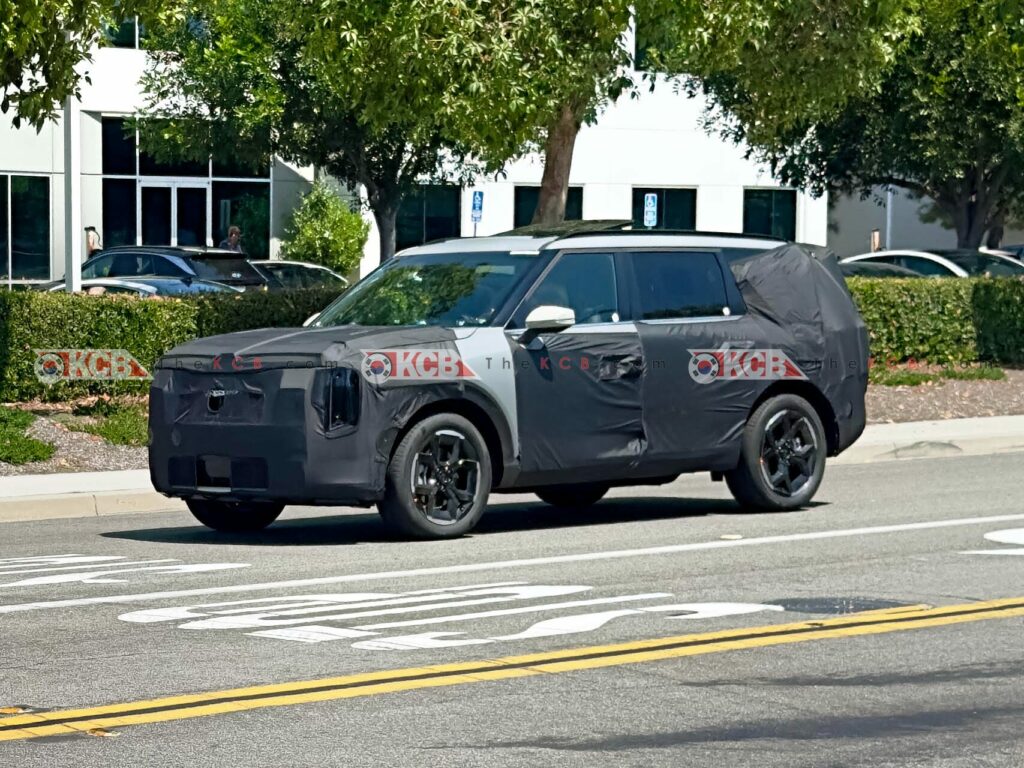
First sightings of the second generation KIA Telluride
Can the Palisade Turn It Around?
While the Telluride currently leads in sales, the upcoming generation of the Palisade presents a strong opportunity for Hyundai to close the gap. The introduction of hybrid and electric models, coupled with enhanced features and design updates, could make the Palisade more competitive. If Hyundai can address the existing drawbacks, such as third-row space and fuel economy, the Palisade might see a significant boost in sales.
Conclusion
The competition between the Hyundai Palisade and Kia Telluride is fierce, with each model offering unique advantages. While the Telluride currently enjoys a lead in sales, the Palisade’s upcoming generation holds promise for a potential turnaround. Both models are poised to continue their strong performances in the U.S. market, driven by ongoing improvements and consumer demand for versatile, family-friendly SUVs.

